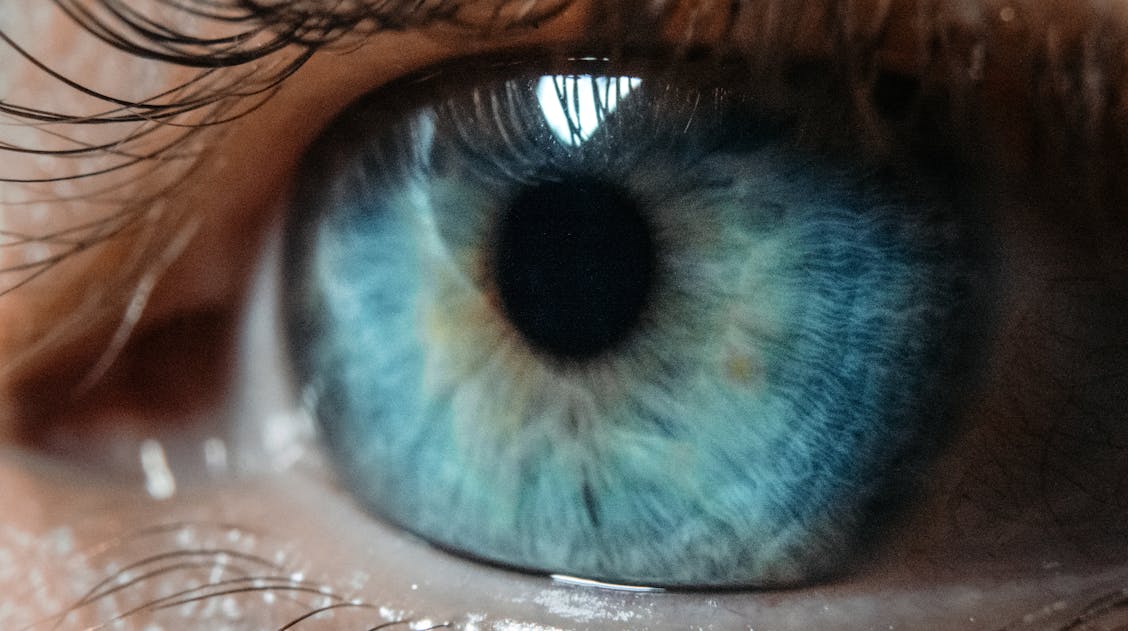
Using Gene Therapy to Improve Mitrocondrial Function in Glaucoma
Glaucoma is a complex group of eye conditions that can damage the optic nerve over time 70—80 million people. The development of the condition is associated with a range of risk factors, including age, genetics, myopia, and associations with conditions such as diabetes. However, the biggest risk factor associated with the condition is elevated intraocular pressure (IOP). Because of this, many current therapies for glaucoma depend on lowering IOP in the form of eye drops, surgery, or laser therapy.
Unfortunately, these treatments are not always successful, and some patients even develop serious side effects. Because of this, researchers from Trinity College Dublin have recently developed a genetic therapy to treat mitochondrial dysfunction seen in glaucoma patients. Here, we explore their study published in the Open Access journal International Journal of Molecular Sciences (IJMS), which identifies a new variation of gene therapy for glaucoma patients.
Treating glaucoma
Glaucoma can be characterised into two types: open-angle glaucoma and closed-angle glaucoma. In a healthy eye, the aqueous humor, a crucial fluid in the eye for providing nutrients, flows through the anterior chamber and drains through the drainage angle and through the trabecular meshwork.

Open-angle glaucoma vs closed angle-glaucoma
In open-angle glaucoma, the aqueous humor flows through but is blocked from draining through the trabecular meshwork due to damage. In closed-angle glaucoma, the aqueous humor flows through the anterior chamber but is blocked from the drainage angle due to obstruction. Open-angle and closed-angle glaucoma both cause elevated intraocular pressure (IOP) on the optic nerve. This results in a gradual buildup of aqueous fluid in the eye and increased pressure on the optic nerve.
Open-angle glaucoma can be difficult to diagnose as it causes a gradual buildup of fluid and IOP. Because of this, it does not produce early symptoms; by the time patients experience vision loss, there is already serious damage to the optic nerve. However, closed-angle glaucoma is the opposite; it happens suddenly and is a medical emergency.
“Glaucoma is a complex group of optic neuropathies and a leading cause of blindness. In Europe, roughly 1 in 30 people aged between 40 and 80 years have glaucoma, and that rises to 1 in 10 in persons over 90, so this is a really common condition that badly needs new treatment options.”
“It is a multifactorial condition with many different risk factors, which adds to the complexity of treating it. Current glaucoma treatments focus on the use of topical eye drops, surgery, or laser therapy; however, the outcomes are variable, with some patients not responding and/or suffering serious side effects.” – Dr. Sophia Millington-Ward, author of the paper.
Vision loss and glaucoma
The loss of vision in glaucoma patients has been associated with the progressive loss of retinal ganglion cells (RGCs). RGCs are neurones that process and relay visual information to the central nervous system and the rest of the brain. Researchers do not yet fully understand what causes the loss of RCGs. It has in part been linked to elevated IOP on the optic nerve. However, how this increase in pressure causes their death has not been fully explained. Researchers have suggested that mitochondria may be involved in their death.
Mitochondrial dysfunction in glaucoma
Mitochondria are responsible for generating energy for cells and for storing this energy. Because of this, they are commonly referred to as the “powerhouse of cells.” RCGs have a high energy output and depend on mitochondria for their energy. Without fully functioning mitochondria, the RCGs struggle to survive.
Researchers have also linked mitochondrial dysfunction and oxidative stress to the malfunctioning of the trabecular meshwork seen in open-angle glaucoma. Because of this, researchers from Ireland investigated the use of genetic therapy to treat mitochondrial dysfunction associated with the condition.
Gene therapy for correcting mitochondrial dysfunction
Gene therapy is a form of therapy that first began development in in the 1970s. It is a complex method that uses genetic material, such as DNA or RNA, to treat or prevent diseases. The technique uses genetic material to replace or modify faulty genes, treating or preventing certain diseases. In addition, it has been reported to be successful in treating a range of diseases and genetic defects and has potential for correcting mitochondrial dysfunction.
In the study, the researchers enhanced the NDI1 gene (eNdi1) to improve mitochondrial dysfunction and decrease the amount of reactive oxidative species (ROS). Furthermore, they used an approved viral vector, a genetically modified virus, that can be used to deliver genetic material to cells, to transport the enhanced NDI1 gene (eNdi1) to three models: two variations of animal models, and human cells derived from glaucoma patients.
“The need for better treatment options has inspired and motivated us to continue developing gene therapies, and we are delighted with the promise it is showing.” –Dr. Sophia Millington-Ward.
Future of NDI1 gene therapies
Following gene therapy using the NDI1 gene the researchers identified a significant benefit in both animal and human cells . Furthermore, they reported that in human retinal cells, gene therapy increased oxygen consumption and energy production. As well as reducing ROS in all models. They conclude that the study highlights the potential of gene therapies, and in particular NDI1 therapy. As well as the benefits of improving mitochondrial function in the treatment of glaucoma.
“Developing broadly applicable gene therapies for large numbers of patients is particularly important, given the high development costs associated with each therapy—and here we have highlighted that this therapy has real potential for boosting mitochondrial function in glaucoma.” –Professor Jane Farrar, author on paper.
If you enjoyed this article or would like to submit research on the topic, please see the IJMS Special Issue: Advances on Retinal Diseases: 2nd Edition.










